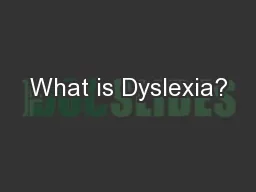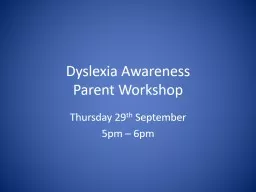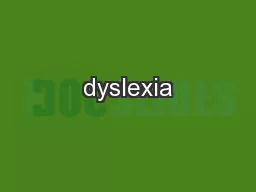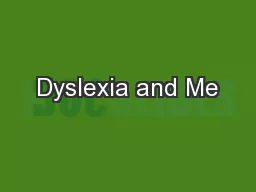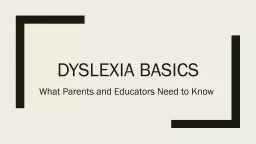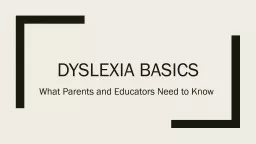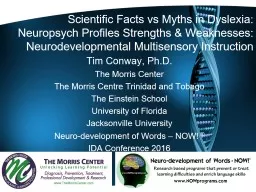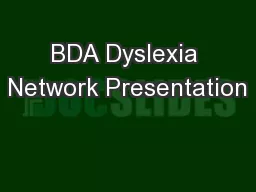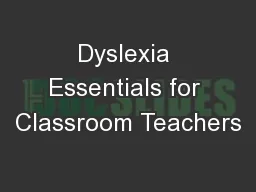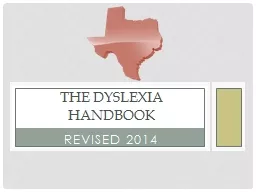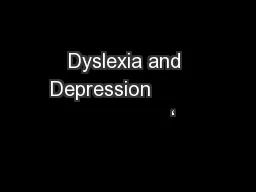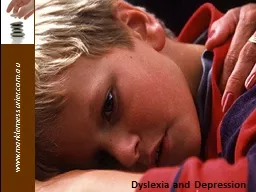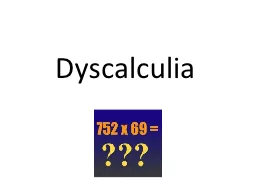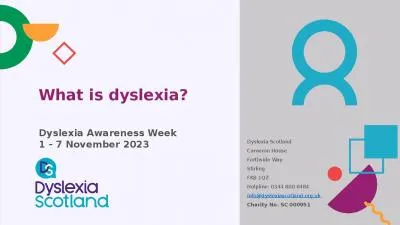PPT-What is Dyslexia?
Author : liane-varnes | Published Date : 2017-04-15
Presented by Decoding Dyslexia North Carolina From International Dyslexia Association Dyslexia is a Specific Learning Disability that is Neurobiological in origin
Presentation Embed Code
Download Presentation
Download Presentation The PPT/PDF document "What is Dyslexia?" is the property of its rightful owner. Permission is granted to download and print the materials on this website for personal, non-commercial use only, and to display it on your personal computer provided you do not modify the materials and that you retain all copyright notices contained in the materials. By downloading content from our website, you accept the terms of this agreement.
What is Dyslexia?: Transcript
Download Rules Of Document
"What is Dyslexia?"The content belongs to its owner. You may download and print it for personal use, without modification, and keep all copyright notices. By downloading, you agree to these terms.
Related Documents

